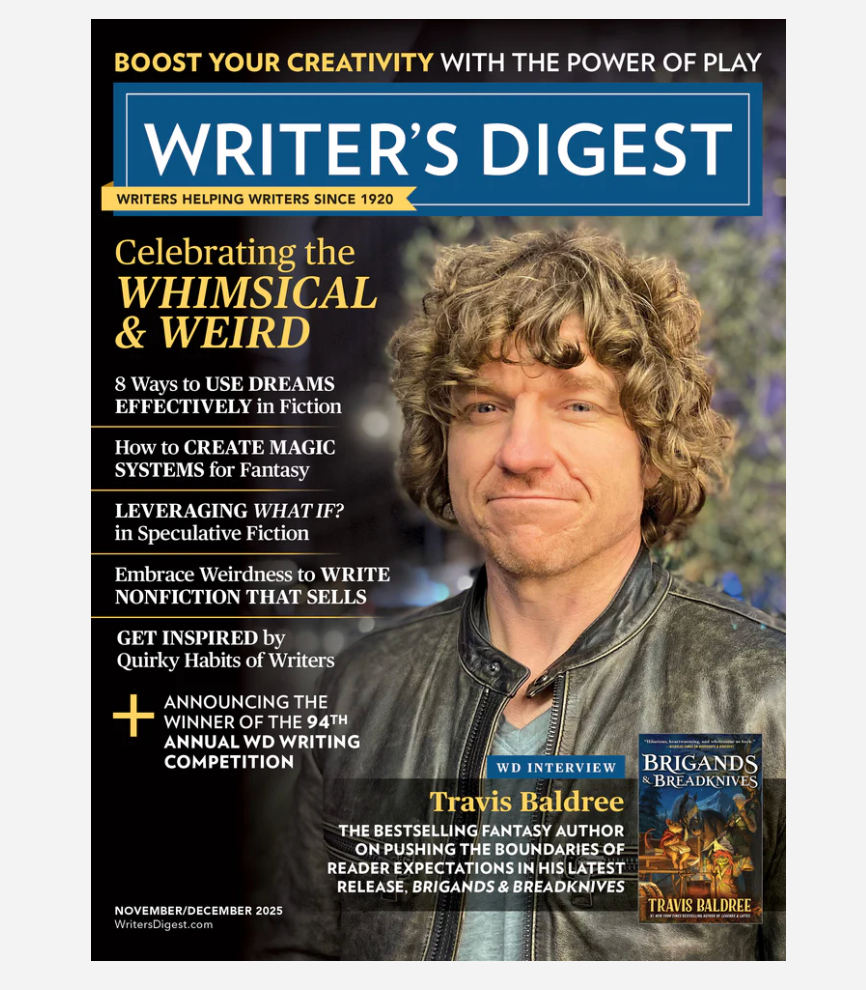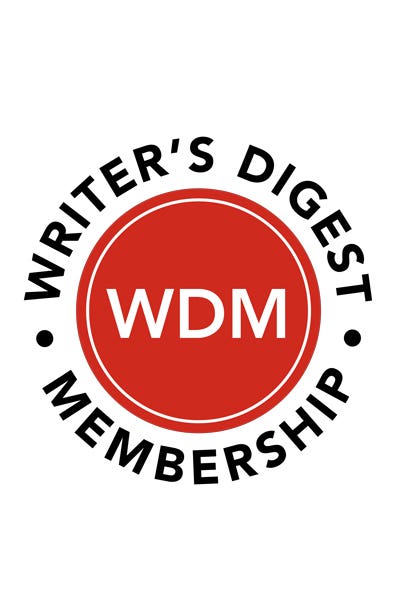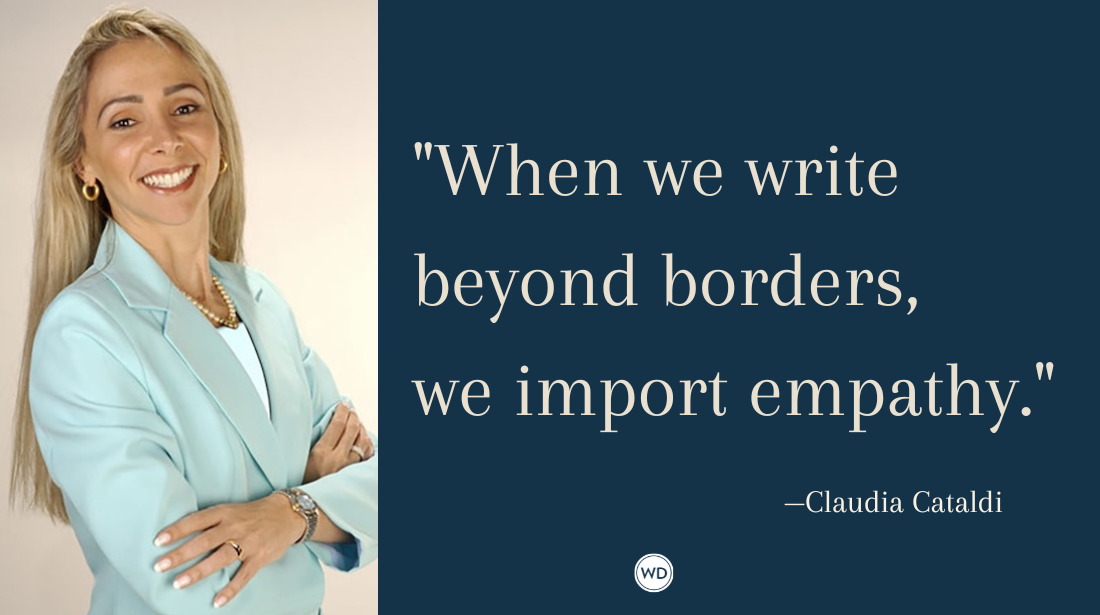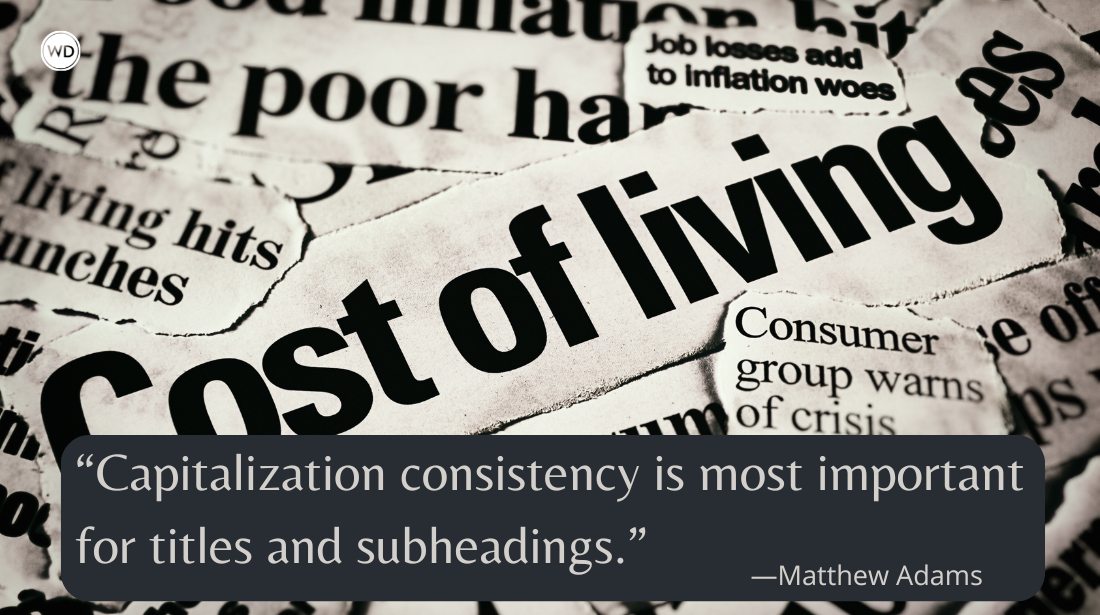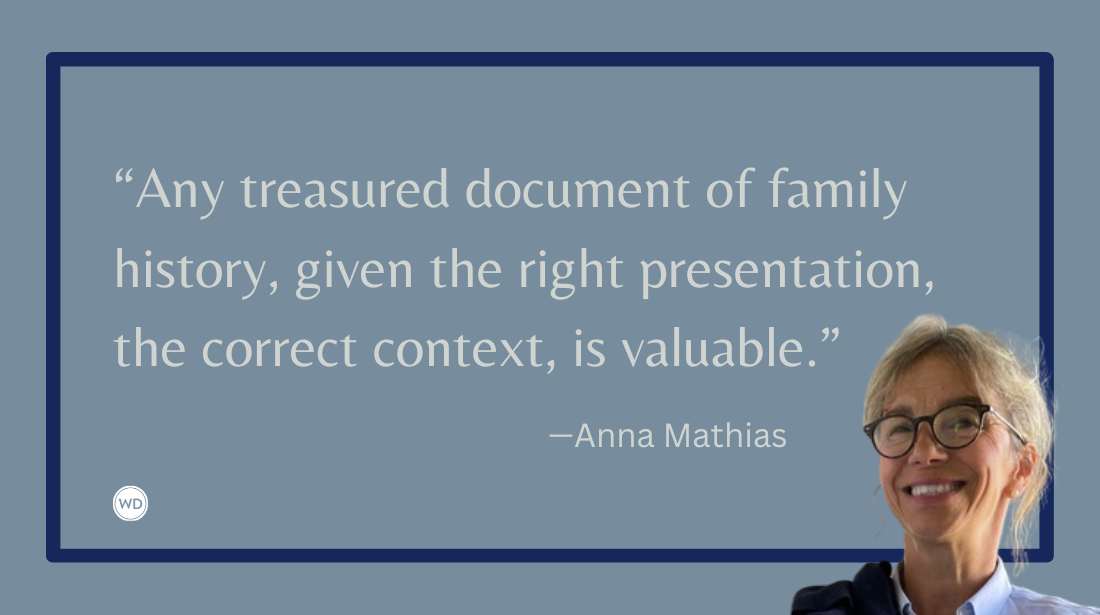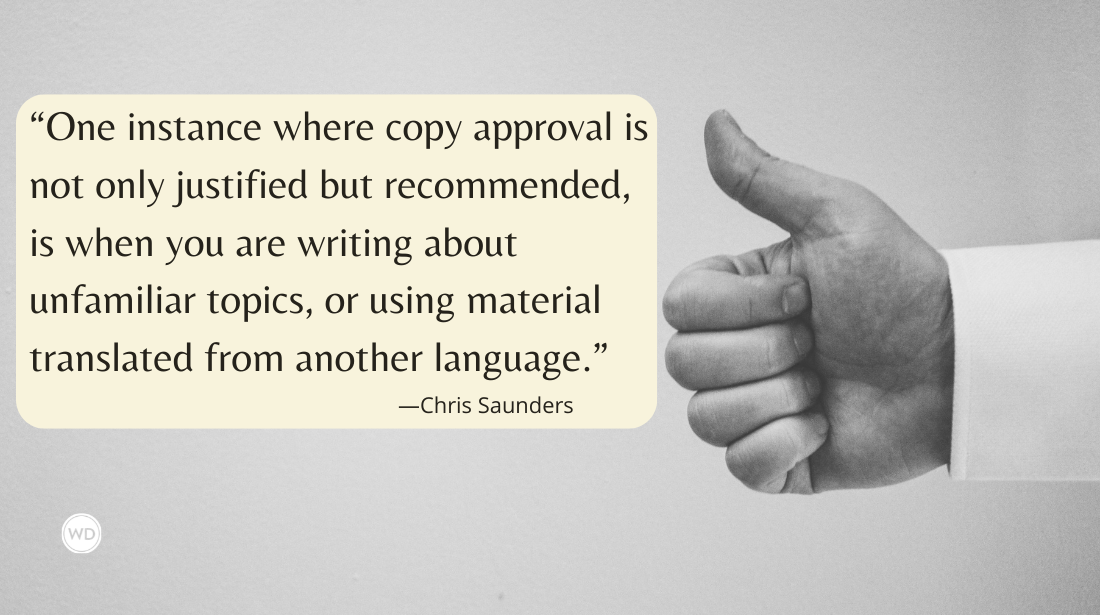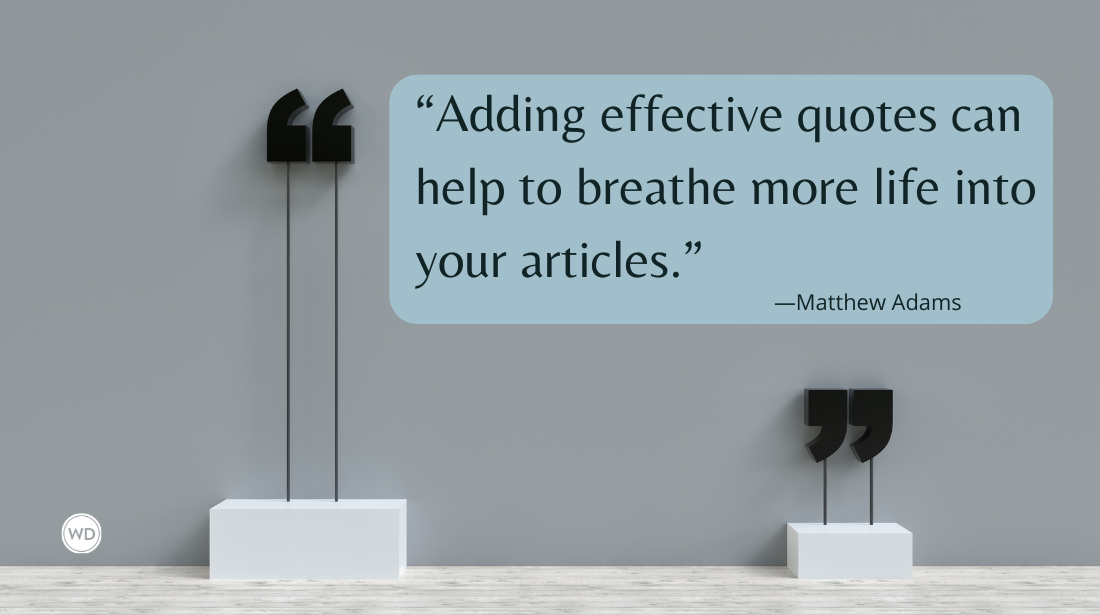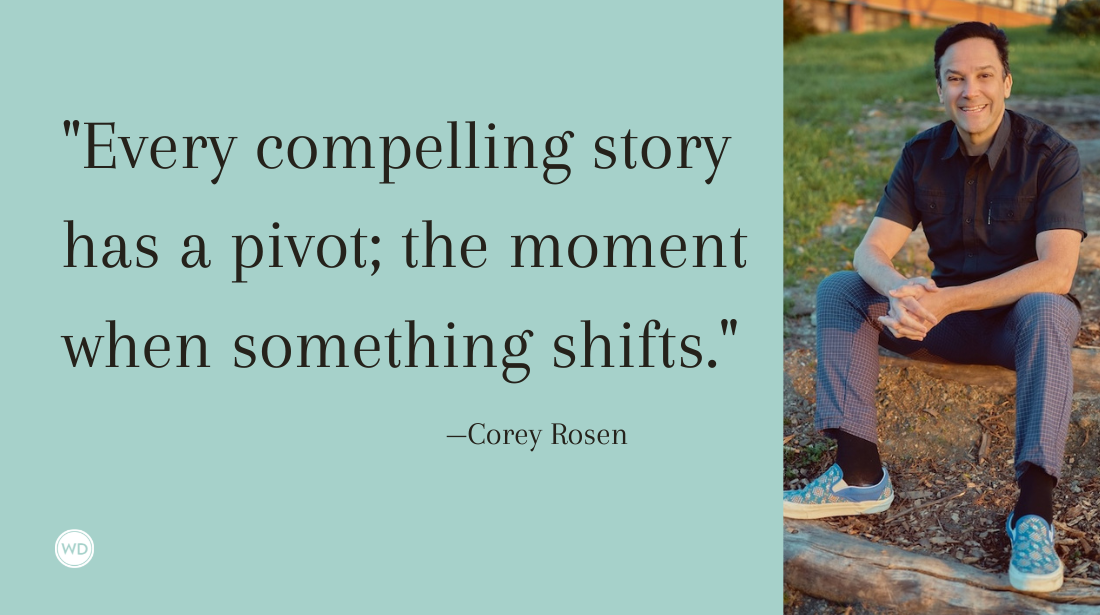How to Use Interviews in Your Nonfiction Prose
Marion Lougheed breaks down the process of using interviews to help enhance nonfiction prose, including four tips on getting better interviews.
If you write popular history, biography, or journalism, interviews are likely a key component of your process. In my life as an anthropologist, I have done many interviews over several years. I’ve also written profiles and articles for magazines, relying on interviews for some central pieces.
The first thing I learned about interviews is to not put my recording device directly on the table. If someone taps on the table, that sound will resonate through the surface. It will be very loud in your recording.
Who to interview?
If you’re writing about a specific topic, make a list of experts and/or people with lived experience. Take some time to research who is out there. Who would you like to speak with most? Put them at the top of the list and work down from there.
Contact people one at a time, or for a bigger piece, maybe in twos or threes. Wait until you get a response before moving on. You don’t want to contact 30 people and end up only interviewing two of them. This wastes your time and theirs.
Profiles vs. Other Pieces
A profile focuses on a single person. For instance, I interviewed astronaut Robert Thirsk for a profile piece in INSPIRED 55+. Since the article was mainly about him, I didn’t interview anyone else.
For something longer or less focused on an individual, you’ll want multiple interlocutors. Try to vary the perspectives you get.
When I wrote about women in British Columbia who sail their own boats, I cast a wider net to see who might be interested in providing a quote. I included women who sail, of course. I also included comments from people who worked in the marine industry.
Since my aim was to provide commentary from a variety of people, I didn’t end up interviewing most of my interlocutors in any detail. Think of it like a deep dive versus an overview.
Balancing Interviews and Other Information
For the women who sail article, quotations from interviews only made up a small portion of the text. The meat of the piece relied on other research and information. The quotes were there to enliven the story and make it real (Look! These are actual humans!).
Context for the quotes is key. Introduce the topic first. Then expand on it with some contextual or factual background information. What point are you trying to make? Your quotes should support the point if each paragraph where they appear.
Here are four tips I’ve gleaned from my interviewing experiences.
Get a Good Recording
This might seem obvious, but as I said, things can interfere with your recording that you may never have thought about (like someone gently tapping a table, which sounds like gunshots when you play it back).
Where should you meet? While a cafe seems neutral and appropriate, they tend to be noise-riddled spaces. Even seemingly quiet cafes might have coffee grinders, or someone’s dog might start barking outside (or inside), or a baby might cry, or there might be that one customer whose voice carries through the whole place above all other conversation. Even if your recording comes out well, you might find yourself distracted throughout the interview.
A better place to meet is a library study room, an office, or (if appropriate) at someone’s house (unless there is also a risk of barking dog/crying baby, or yard work, or neighbors vacuuming...)
Outside can be okay if it’s sheltered from traffic noises. And wind. Wind is the worst possible thing for a recording. If you are going to be outside, put a sock or glove over your recording device. There’s a reason those film boom mics have big fuzzy things on them. (Fun fact apropos of nothing: The fuzzy things are called dead-cats.)
Take Notes as You Go
Even though you are recording, jot down anything that jumps out at you in the moment. When you’re watching a person speak and hearing their words for the first time, things can resonate in a way that gets lost with just a recording. Especially if it’s only audio, with no visual.
Taking notes by hand has also been shown to help with memory (see https://www.scientificamerican.com/article/why-writing-by-hand-is-better-for-memory-and-learning/ ). Actively taking notes during an interview helps you focus. It speeds you through your writing process, because when you sit down to write, you will already retain more of what was said.
The things you write down can also help you focus your article (book chapter, etc.). These are things that you found significant or meaningful. Maybe it was a particular turn of phrase. Maybe it was a fact that you didn’t know before. Maybe your interlocutor said something that contradicted what they said in a different conversation, or that you read about them. Or maybe there’s something you want to follow up on later, but you don’t want to interrupt them in the moment.
Don’t Transcribe Everything, Just What You Need
Once you have your recording, you’ll want to go back over it. Transcription takes way longer than you think (unless you’ve done a lot of transcription, in which case you know why professional transcribers charge so much). Instead of trying to capture every word, just play back the recording and transcribe the passages you will actually use. If you need general information instead of exact quotes, then you can take notes like you would in a lecture. Except you can pause the speaker (which would have been helpful when I was in university).
Even better, if you’re recording the meeting on a video call service, turn on captions. This will automatically generate a transcript of your conversation. Sure, the transcript will contain some minor errors, but that’s what the recording is for. Anyway, you’ll only end up using a few pieces.
Which leads me to the next point.
Identify the Most Fitting Quotes
In my experience, you will inevitably end up with more than you can use. Unless you’ve conducted an extremely focused and specific interview, you won’t be able to use it all. Anthropologists have boxes of unused notes and data in their attics (or digital boxes in their dusty digital basements). You can never use it all.
When I interviewed puppeteer Tim Gosley for Inspired 55+, we spoke for about an hour. The article was 800 words. For comparison, this article you are currently reading is about 1,000 words.
In that contained space, I had to introduce Tim, give some information about his life, patch in a few quotes, give some more information, describe him a little, and detail some of his work. In 800 words. So yeah. Most of what we talked about, no matter how fascinating, never saw the light of day.
This limitation is actually helpful though. Once you pull a few quotes, you can think about how they connect. What is the theme of your project? Where is the focus? Do you want readers to know what it feels like to be in this person’s presence? Are you more interested in facts about their childhood? Do you want to convey their voice and follow the topics that they emphasized themselves?
For me, this process is iterative. I pull some quotes, I write a few lines about the person or the topic, then I see what quotes might fit with that, or how I will get to the next segment or subtopic. Even when I pull interesting quotes, I end up with more than I can use.
At least in your early drafts you don’t need to worry too much about word count. Write a little more than what you need. Then pare it down to its clean essentials. Don’t be afraid to make a mess. It’s a bit like collage. The picture will gradually emerge as you tame it.
The more interviews you incorporate into your work, the smoother this process will become for you. One final tip though: Interviews are exhausting. They can be brilliant and fun, or (rarely) tedious and boring, but they are always tiring. Don’t schedule more than two on the same day. Really you should only do one a day, if you can help it. That way, it’ll stay fresh in your mind.
Interviews can add depth and polyvocality to your nonfiction writing. Get a solid recording and integrate the right quotes to support what you’re trying to say. Then send your work out into the world and figure out who you’ll interview next!


